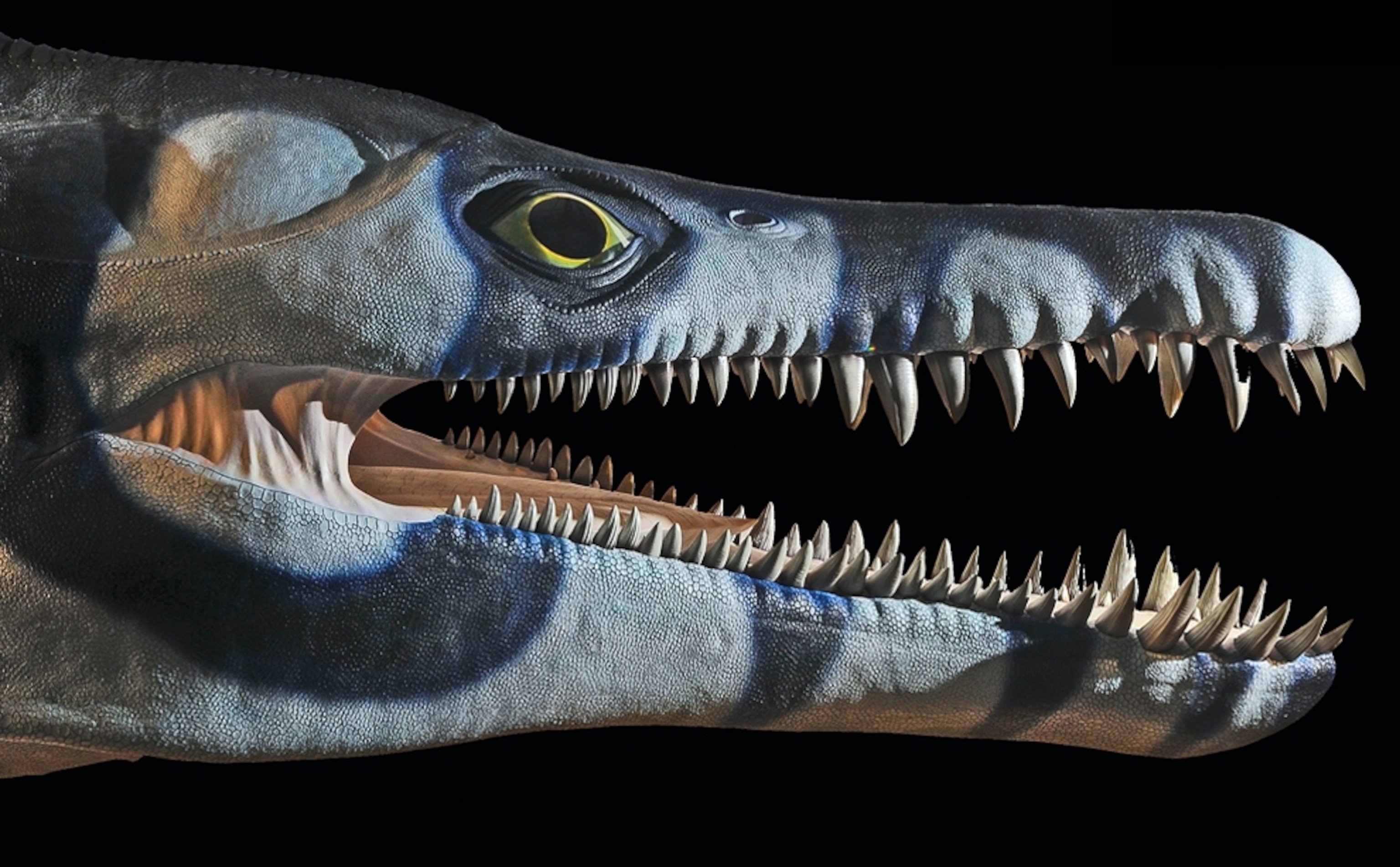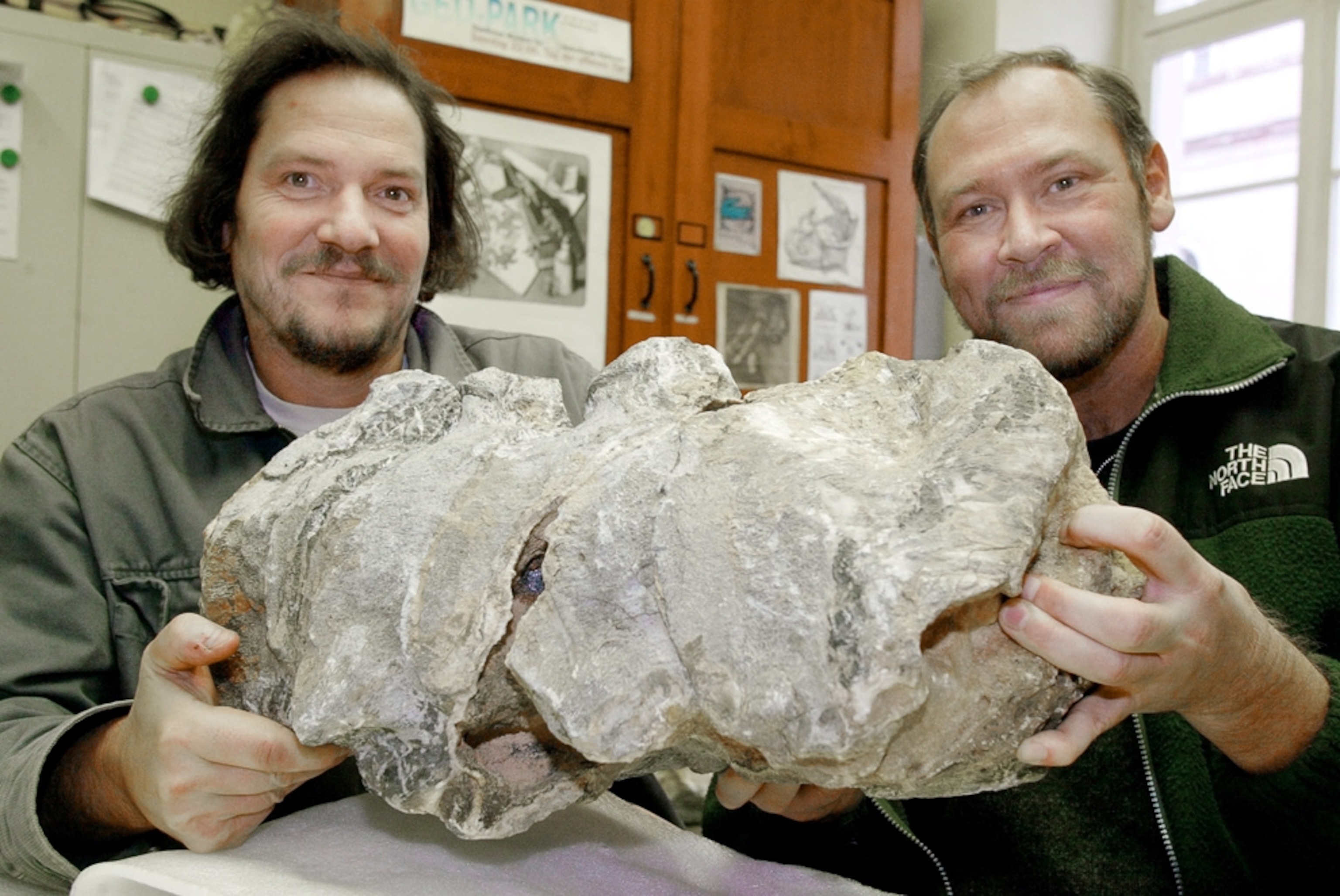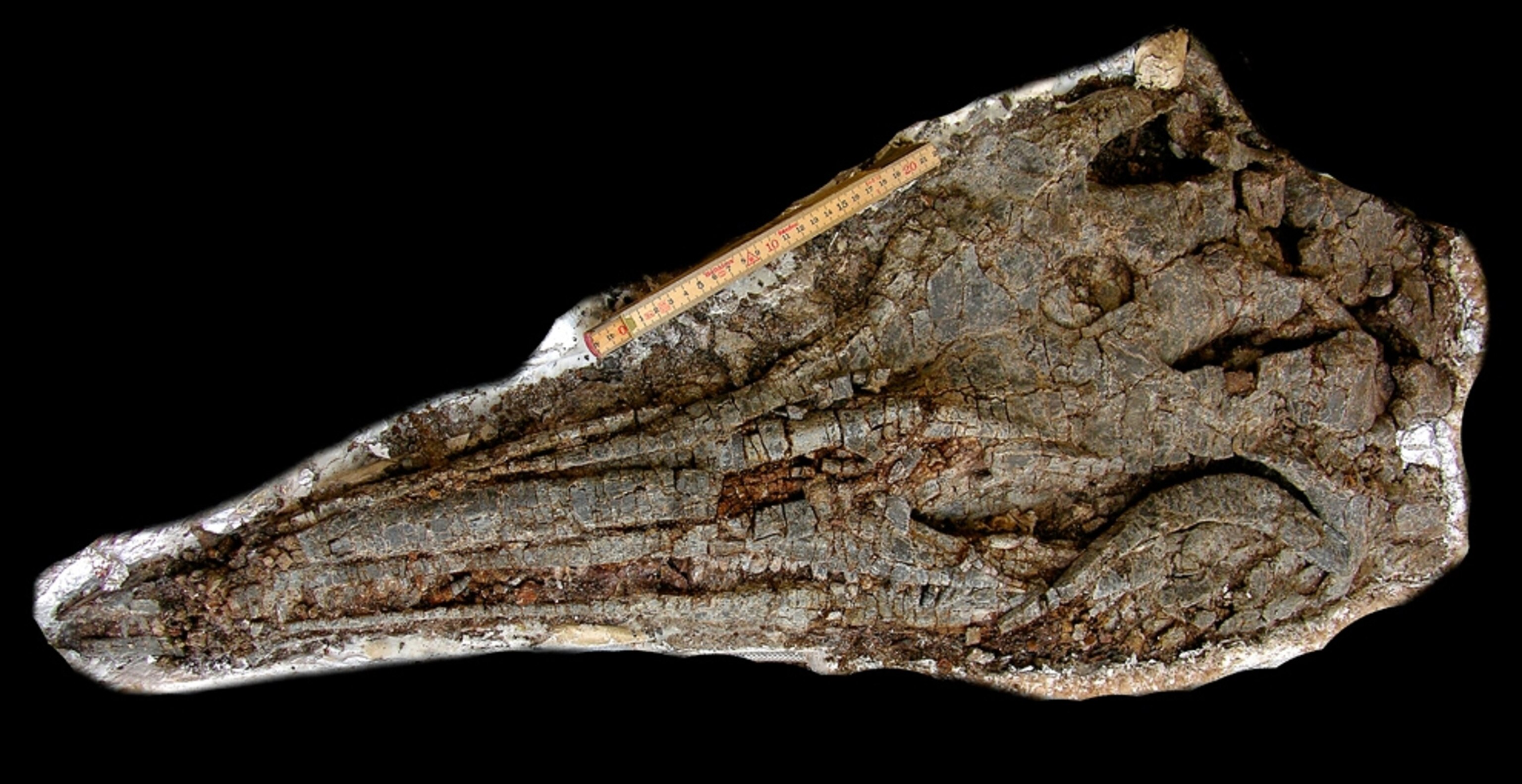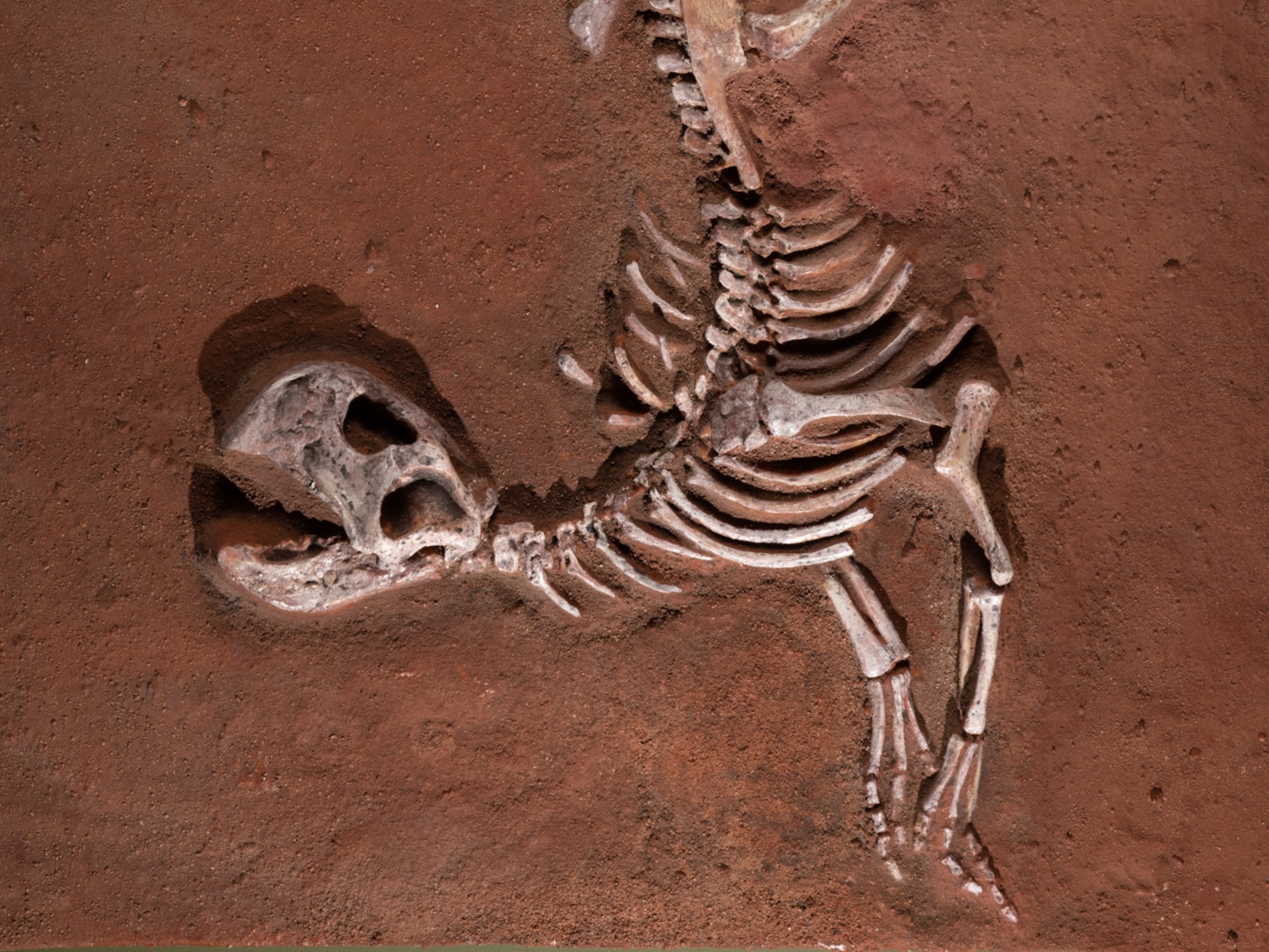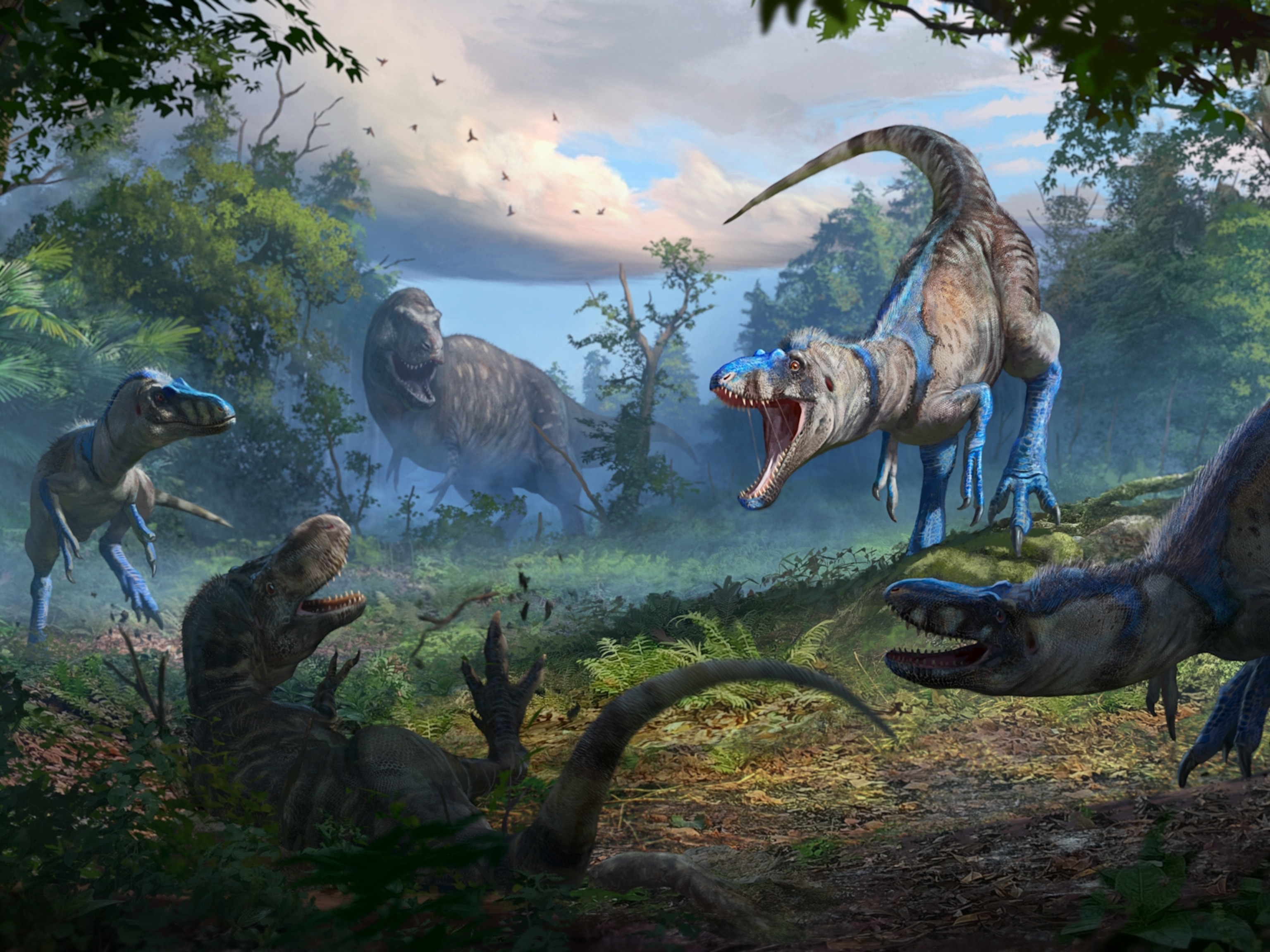Photograph courtesy Jurassic Coast Team, Dorset County Council
Pictures: Largest "Sea Monster" Skull Revealed?
An ancient marine reptile with eight-foot jaws packed the biggest bite in history—and may be a new species, scientists suggest.
July 14, 2011



